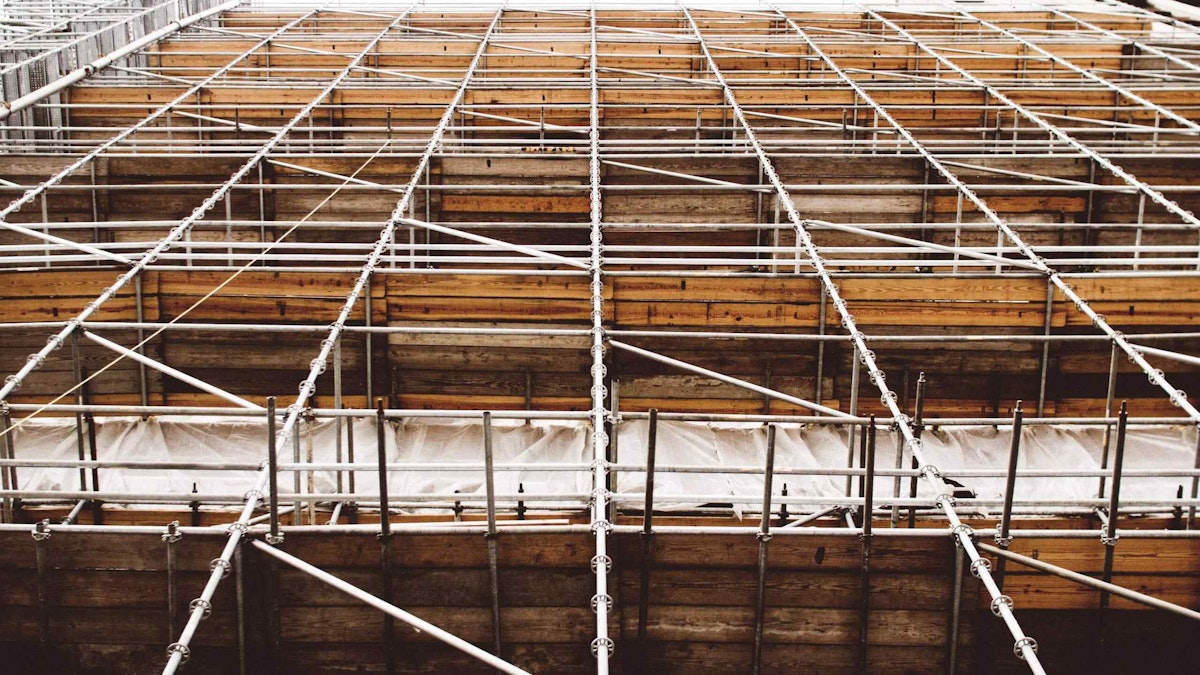Table of contents
Browse categories
Browse authors
 AB
ABAlberto Boffi
 AL
ALAlessia Longo
 AH
AHAl Hoge
 AB
ABAljaž Blažun
 BJ
BJBernard Jerman
 BČ
BČBojan Čontala
 CF
CFCarsten Frederiksen
 CS
CSCarsten Stjernfelt
 DC
DCDaniel Colmenares
 DF
DFDino Florjančič
 EB
EBEmanuele Burgognoni
 EK
EKEva Kalšek
 FB
FBFranck Beranger
 GR
GRGabriele Ribichini
Glacier Chen
 GS
GSGrant Maloy Smith
 HB
HBHelmut Behmüller
 IB
IBIza Burnik
 JO
JOJaka Ogorevc
 JR
JRJake Rosenthal
 JS
JSJernej Sirk
 JM
JMJohn Miller
 KM
KMKarla Yera Morales
 KD
KDKayla Day
 KS
KSKonrad Schweiger
Leslie Wang
 LS
LSLoïc Siret
 LJ
LJLuka Jerman
 MB
MBMarco Behmer
 MR
MRMarco Ribichini
 ML
MLMatic Lebar
 MS
MSMatjaž Strniša
 ME
MEMatthew Engquist
 ME
MEMichael Elmerick
 NP
NPNicolas Phan
 OM
OMOwen Maginity
 PF
PFPatrick Fu
 PR
PRPrimož Rome
 RM
RMRok Mesar
 RS
RSRupert Schwarz
 SA
SASamuele Ardizio
 SK
SKSimon Kodrič
 SG
SGSøren Linnet Gjelstrup
 TH
THThorsten Hartleb
 TV
TVTirin Varghese
 UK
UKUrban Kuhar
Valentino Pagliara
 VS
VSVid Selič
 WK
WKWill Kooiker
Scaffolding Testing and Safety Approval

INAIL - Instituto Nazionale per L’assicurazione contro gli Infortune sul Lavoro
March 3, 2023

Cities are entities that are constantly changing, replacing buildings, and modifying infrastructure. All construction works have some level of danger.
Keeping the workers elevated only adds more hazards. All scaffolding platforms in the construction industry must be able to support the weight of the personnel operating on it. Because of this, the safety of the personnel operating on scaffolding and the pedestrians passing or walking under it is incredibly important.
INAIL, the National Institute for Insurance against Accidents at Work, is a public non-profit entity. It safeguards workers against physical injuries and occupational diseases asked the Italian Dewesoft partner LEANE International to provide a complete validation system for scaffolding.
The widespread use of scaffolding systems, along with their widespread use in civil engineering projects and temporary structures, has led to the definition of a series of national as well as international standards. These standards cover a vast number of specific issues involving scaffolding.
In Europe, ladders should comply with the new EN 131 Standard, which took effect on 1 January 2018. All mobile scaffolding equipment should be built in compliance with the EN 1004 Standard and all platforms built in compliance with the EN 280 Standard and approved by bodies certified to issue CE certification. There is no CE certification for ladders and mobile scaffold towers, but they must comply with European Standards.
Any commercial scaffolding has to pass a certification according to standards before being introduced to the market. Also, any structural change in commercial scaffolding that has already passed the certification invalidates the certificate, so the scaffolding needs to be tested again.
The Italian National Institute against injuries at work (INAIL) is the technical-scientific body in the National Health Service. It reports to the Ministry of Health in regard to all aspects of occupational safety, health, and prevention.
INAIL has issued such a standard on Facade scaffolding made with prefabricated components (UNI EN 12810) in two parts:
Part 1: Product specifications facade scaffolding made with prefabricated components, and
Part 2: Particular structural design methods.
Following the guidelines is important for the strength and stability of the scaffold, which secures safety for both the workers and pedestrians walking under it. Testing should also be done occasionally to understand the stability of the scaffold over time.
To test the scaffolding the same load in every arch has to be applied and the scaffolding is tested up to implosion.
Testing scaffold strength
The scaffolding architecture for testing purposes is composed of four arches and stands on five couples of feet (5 on the front and 5 on the rear). The feet stand on a metallic structure and underneath each couple of feet, there is a hydraulic piston.
The piston is connected via two strong steel wires to the top of the scaffolding so when pressure is applied to the piston, the weight is applied from the top.
The test is performed up to collapse and each arch must withstand at least 8000 kg without collapsing. The more the better. To do so, the same pressure is applied to each of the four hydraulic pistons so they will push the scaffolding arches in the same way.
The Dewesoft solution - CAN bus interface
To test the system, a hydraulic pump, driven by a complete Dewesoft data acquisition solution, is supplied. This includes:
SIRIUS data acquisition system (2 x SIRIUSi-8xSTG both with 8 analog outputs).
5 load cell sensors.
5 pressure sensors.
PT8CN - cable extension transducers which communicate to the PLC (Programmable Logic Controller) using the CAN bus interface.
PT8CN is configured and recorded through a CAN bus network. The 8x Analog Out channels are used to control the hydraulic proportional valves.
The DewesoftX data acquisition software offers unlimited signal processing capabilities. The most common processing techniques are just a click away. Built-in math library functionalities are offered out of the box.
In this case, DewesoftX PID controller math was used for a control loop mechanism, which continuously calculates error values and automatically applies accurate and responsive correction.
The system works like this: On top of each hydraulic jack, a load cell is applied. This is used as a feedback to drive the proportional valve that will partialize the hydraulic system on that specific jack. To be sure that the same load is applied on each jack, DewesoftX PID controller math comes into account. The PID controller reads the input coming from the jack load cell, reads the setpoint and then adjusts the analog output to drive the proportional hydraulic valve.
This way automatic load steps can be performed or using the slider on the left. On the DewesoftX Control screen, with the “Control Channel”, the load can be manually controlled. The test will end when the scaffolding collapses and if it withstands at least 8000 kg on each foot, it passes specification.
Fast automated testing
To measure horizontal and vertical deformations of all scaffolding beams, LEANE International supplied a chain of more than 50 cable-extension position transducers having CAN output. These transducers were daisy-chained with a very clever cable solution and connected directly to Dewesoft from a standard CAN port integrated into the SIRIUS DAQ system.
Before the use of Dewesoft DAQ technology, the force was not even controlled, and the operator was manually increasing the pressure in the manifold to all the pistons. By using the combination of measurement unit and control (through software PID controller functionality) forces below all scaffolding feet are accurately measured and controlled singularly to copy the requested force steps.
Without your solution, we had to perform these tests manually, we used to operate hydraulic valves manually to generate the right force to all pistons. It was very complicated and required us to perform the tests very slowly. Now with this setup, we have everything under control and the test is completely automated - and much faster! Everything is now done automatically and force is adjusted smoothly…
The usage of PT8CN sensors in a single CAN network for measuring the scaffolding deformation allowed a very simple and cheap architecture. It also offered the possibility to increase the number of measurement points without the stress of lack of analog channels. Calogero concludes:
... and we have a much better deformation measurement thanks to the flexibility of using any number of displacement sensors in the structure.
Safety first! Happy testing, happy customer.